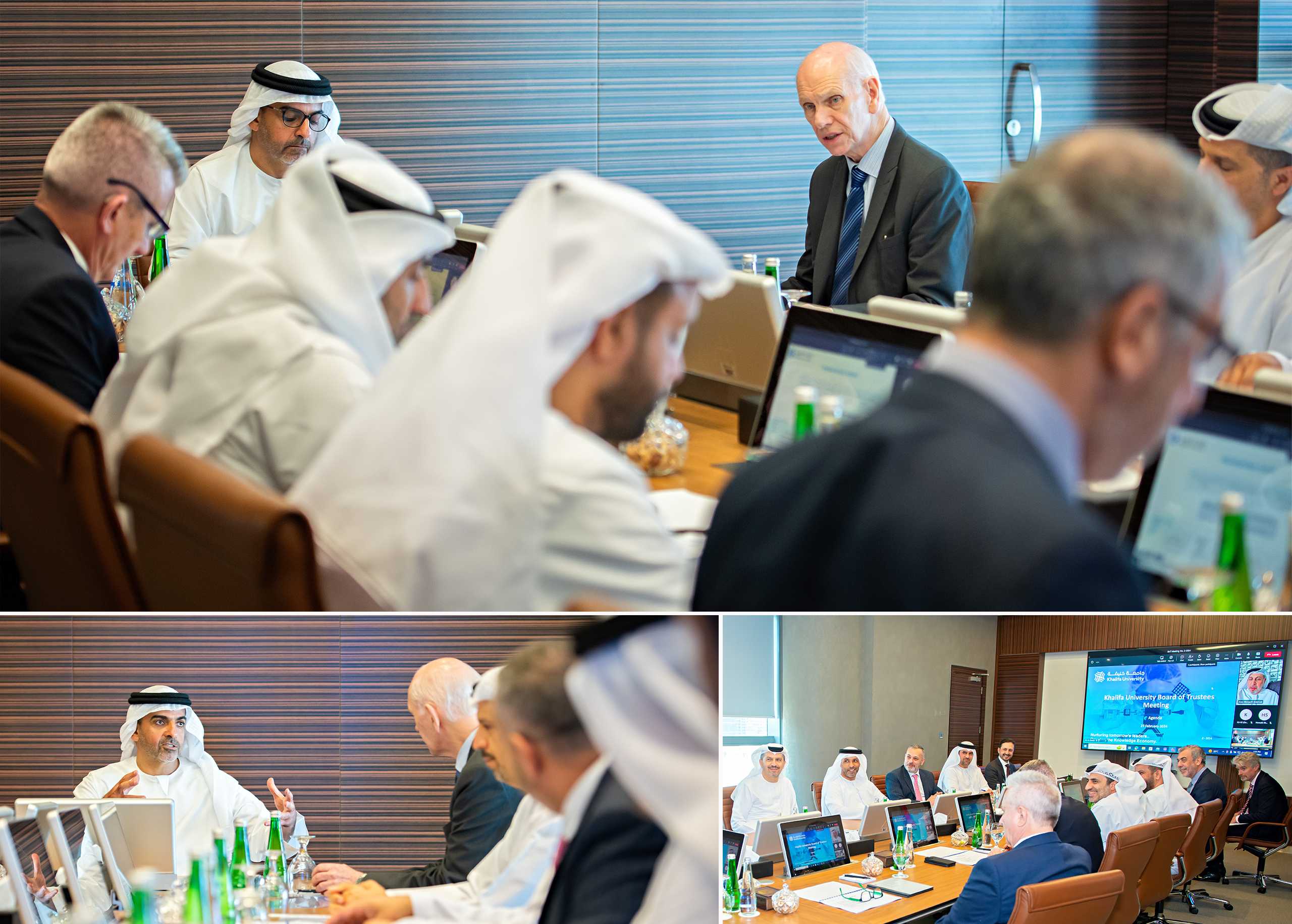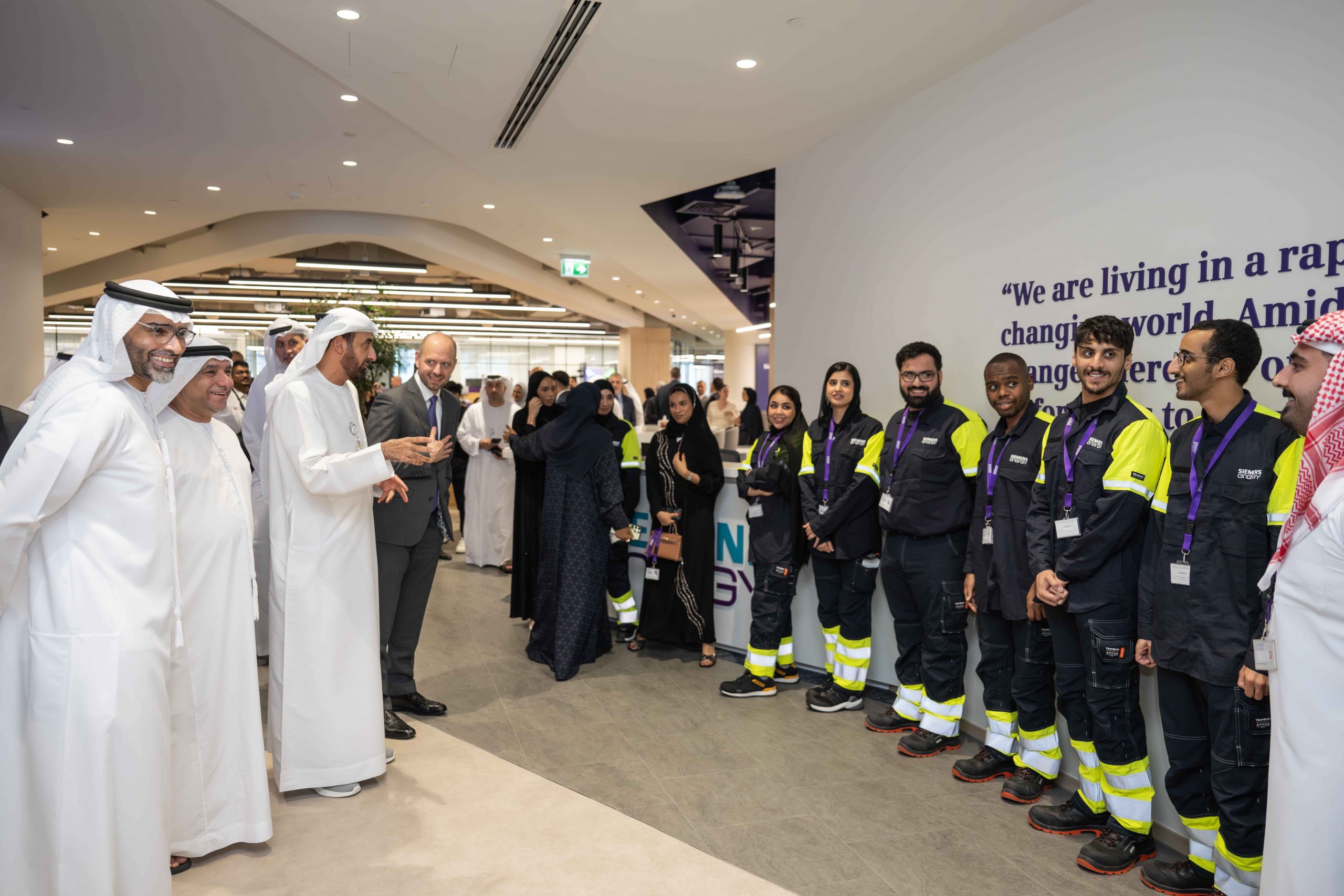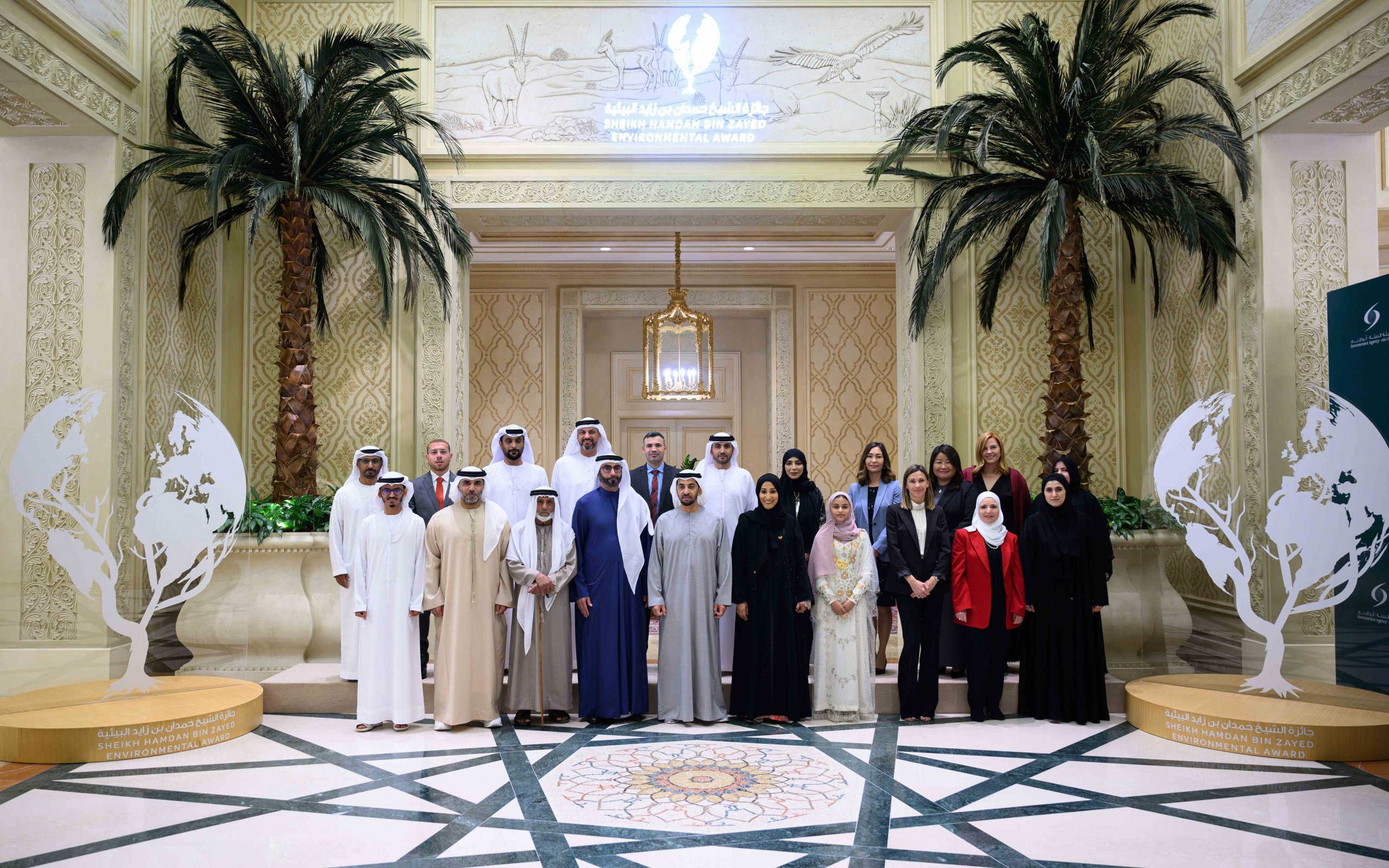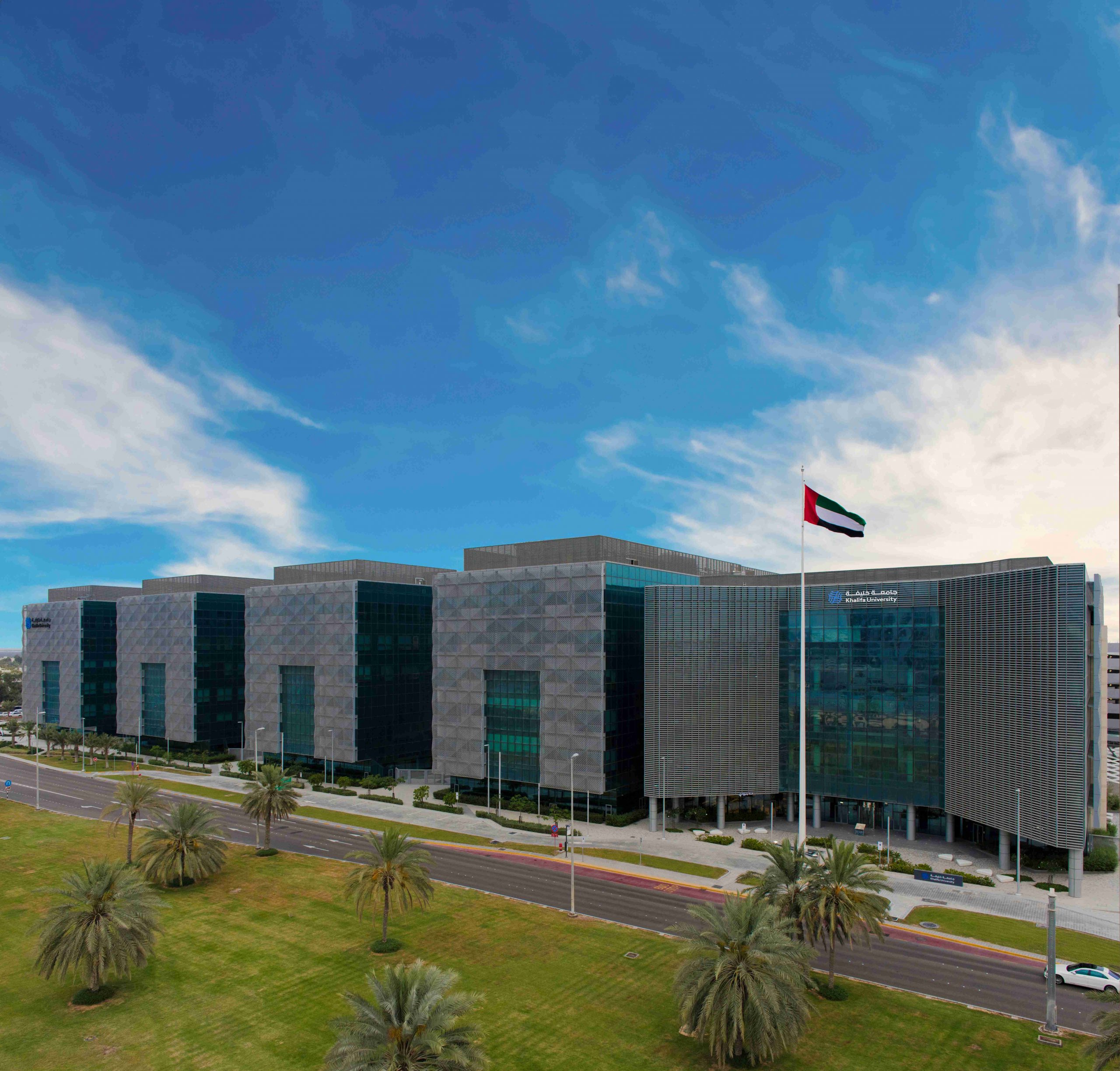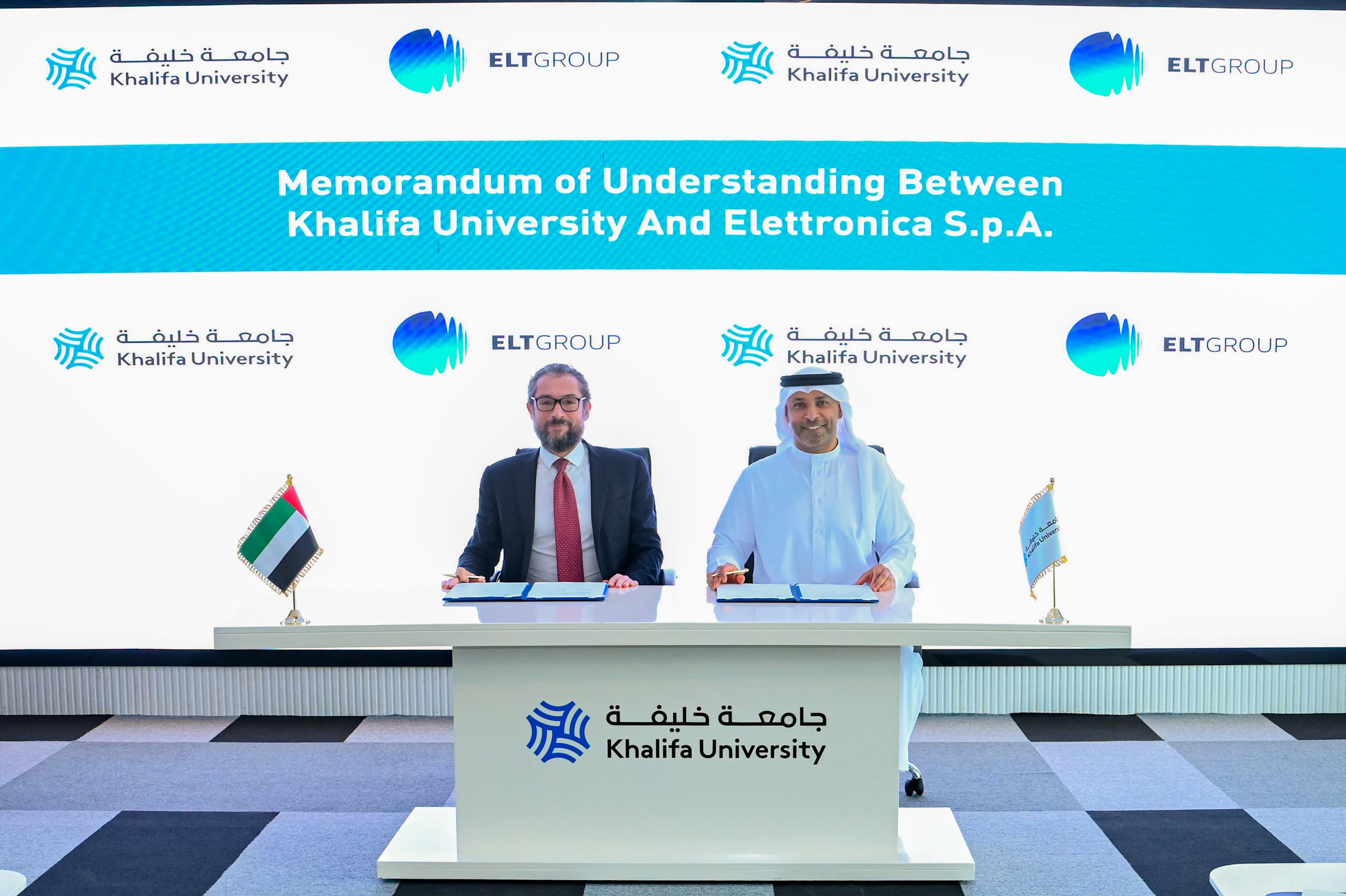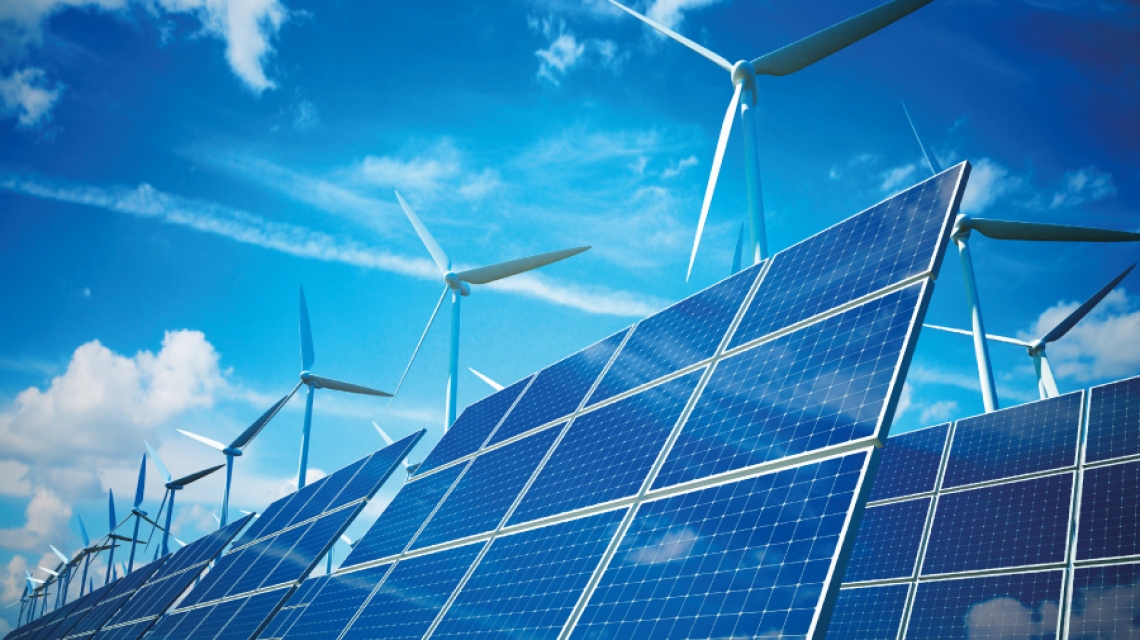
Abu Dhabi can make significant progress towards securing 7% of its power generation capacity from renewable sources by 2020 by leveraging the innovative wind, solar, and biomass technologies being developed at Masdar Institute. A team of researchers from the Institute recently highlighted these findings in a report called ‘The Greenwave Project’.
The Greenwave Project is a technology roadmap that outlines the most feasible way for the emirate to reach its 7% renewable energy target. Working with students and faculty from Columbia University in New York, USA, and experts from the Abu Dhabi Quality and Conformity Council (QCC), the Masdar Institute research team determined exactly the combination of solar photovoltaics, wind energy, concentrating solar power and biomass-to-energy technologies that would yield the greatest amount of power required to meet the 7% target at the lowest cost.
“We determined that Abu Dhabi will be able to achieve 7% of its power generation capacity from renewables, which by 2020 is estimated to be 1.4 GW of electricity, with 35% coming from solar photovoltaics, 30% from wind-onshore, 10% from wind-offshore, 5% from concentrated solar power with storage, and 20% from waste-to-energy,” said Dr. Jens Ejbye Schmidt, Head of the Masdar Institute Center for Energy (iEnergy) and Professor of Chemical and Environmental Engineering.
Dr. Schmidt led the team of Masdar Institute researchers, including PhD students Rashed Farzanah and Akinleye Sowunmi, Research Engineer Djawed Belasri, Post-Doctoral Researcher Dr. Juan-Rodrigo Bastidas-Oyanedel, and Assistant Professor of Chemical and Environmental Engineering Dr. Mette Hedegaard Thomsen, in their techno-economic analysis, which was presented earlier this month at the 10th Conference on Sustainable Development of Energy, Water and Environment Systems, held in Dubrovnik, Croatia.
The extensive undertaking involved thorough research of potential wind, solar photovoltaic, concentrating solar power (CSP), and biomass-to-energy technologies, which was done through a combination of literature reviews, official statistical data analysis and manufacturer recommendations.
Dr. Schmidt and his team focused on these renewable energy resources in particular because recent innovations in wind, solar photovoltaic, CSP and biomass have resulted in highly-efficient technologies with relatively low costs, positioning them to become commercially-viable technologies for widespread implementation across Abu Dhabi in the next four years.
The team also leveraged Masdar Institute’s wind and solar atlases, which provide critical data on the amount of wind and solar energy resources available in the country, to determine how much wind and solar energy could feasibly be produced in the country within the next 10 years. The atlases, produced by the Institute’s Research Center for Renewable Energy Mapping and Assessment (ReCREMA), were instrumental in the team’s techno-economic analysis.
“The atlases helped us determine how much power we can realistically generate using commercially available technologies from the wind and the sun.
The atlases also show us where the best places are for the country to capitalize on this energy. For example, much of the wind we would like to capitalize on is offshore, which impacts the costs of electricity and was an important factor to consider in our recommendation,” Dr. Schmidt explained.
The team also analyzed the levelized cost of electricity (LCOE) – or cost of generating electricity over the full lifecycle of the generation technology – for each renewable energy technology, as well as the renewable energy’s energy return on investment (EROI), which is the amount of energy required to produce and maintain the energy source relative to the amount of usable energy, or electricity, the source generates.
The report revealed that, under the assumptions of the study, onshore wind energy has the lowest LCOE, while solar thermal energy with storage has the highest. Another finding revealed that biomass-to-energy has the lowest EROI, while wind power has the highest. This means that the amount of energy expended to acquire the energy source from biomass is very high compared to the amount of energy obtained from it.
Despite onshore wind having the highest EROI and lowest LCOE, Dr. Schmidt did not support the idea of pursuing wind energy alone as the UAE’s renewable energy source for its required 1.4 GW of electricity in 2020.
“We believe it is important to diversify the technologies, which is what we are recommending in our report,” said Dr. Schmidt.
The Greenwave Project provides invaluable information to help Abu Dhabi achieve its 7% renewable energy target by 2020. The information from the study will be provided to Abu Dhabi government officials.
Research projects like the Greenwave Project demonstrate how Masdar Institute works to ensure that the UAE can affordably and effectively achieve its strategic goals.
Erica Solomon
News and Features Writer
23 November 2015


